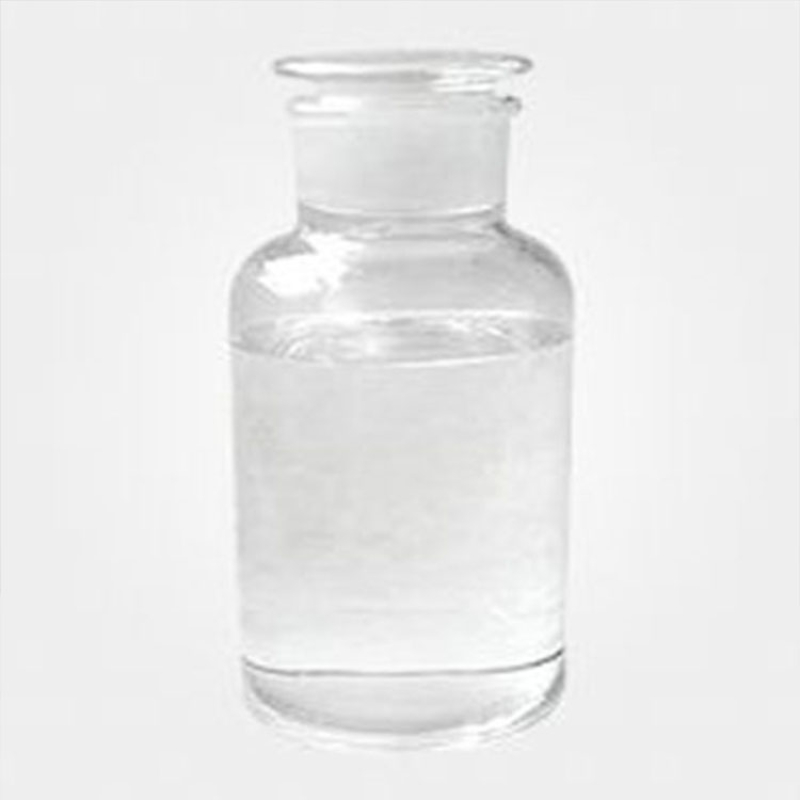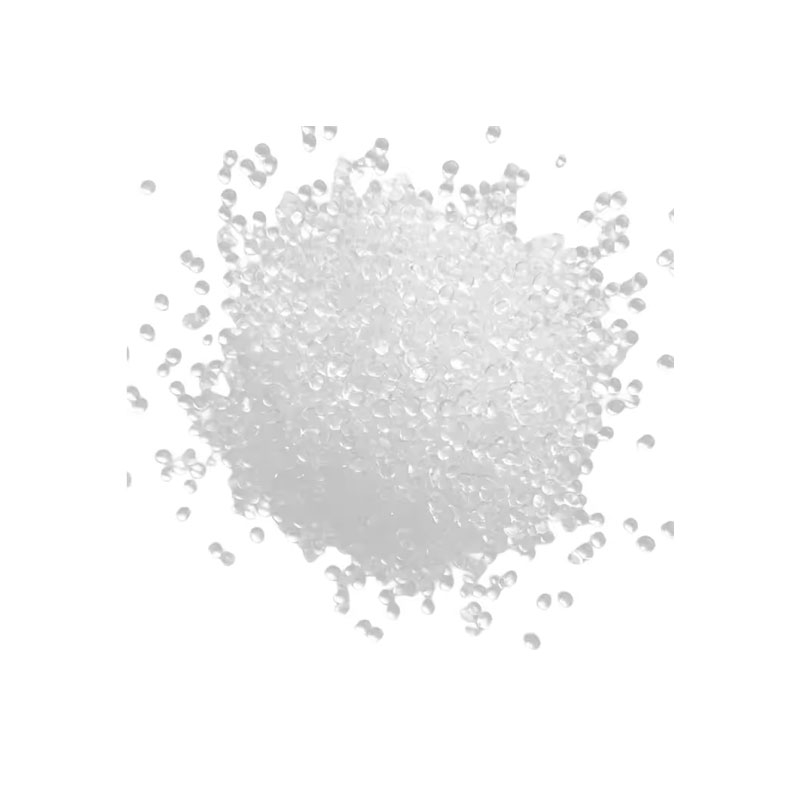Products Description of Arabic gum CAS#9000-01-5Gum Arabic is also known as gum Arabic, acacia gum, Akexi gum, Senegal gum, and peach gum. It comes from the exudate collected from the trunk of the Acacia tree. It has been used for 4,000 years. Because it is safe and non-toxic, the dosage is not regulated. It is in the form of yellow to light yellowish brown translucent blocks, or white to light yellow granules and powder. The lighter the color, the better the quality. The fresh one has a smooth surface and a transparent interior. It is odorless and tasteless.
Contact Now
Products Description of Sodium carboxymethyl cellulose CAS#9004-32-4Sodium carboxymethylcellulose (CMC) is a carboxymethylated derivative of cellulose, also known as cellulose gum. It is an anionic cellulose ether and the main ionic cellulose gum. It is usually an anionic polymer compound obtained by reacting natural cellulose with caustic soda and monochloroacetic acid. The molecular weight of the compound ranges from several thousand to millions. CMC is a white or milky white fibrous powder or granule with a density of 0.5-0.7 g/cm3. It is almost odorless and tasteless and hygroscopic.
Contact Now
Products Description of Eucalyptus oil CAS#8000-48-4Eucalyptus oil is one of the most commonly used essential oils. With the increasing popularity of candies and chewing gum, one of the main uses of eucalyptus oil is as a food additive. Synthetic fragrances have a refreshing and clean appeal.It has a great influence on the cosmetic industry (such as toothpaste and oral hygiene products) and other household cleaning products industry, as well as the fragrance of perfumes.
Contact Now
Cyclohexanol CAS#108-93-0Cyclohexanol is a clear, colorless to light yellow, viscous, hygroscopic liquid with a camphor-like odor. A detection smell threshold awareness of sixty four μg/m3 (155 ppbv) was once said through Punter (1983). It has a pretty excessive flash factor and boiling range. A solvent for cellulose ethers, ester gum,shellac, low viscosity silicones and polyvinyl chloride. lt has a pretty confined use in display screen inks.
Contact Now
Products Description of Tetrahydro-4H-pyran-4-one CAS#29943-42-8Tetrahydropyranone, also known as tetrahydropyran-4-one, is a chemical substance with the molecular formula C5H8O2.Tetrahydro-4H-pyran-4-one Chemical PropertiesBoiling point 166-166.5 °C (lit.)density 1.084 g/mL at 25 °C (lit.)refractive index n20/D 1.452(lit.)Fp 134 °Fstorage temp. Inert atmosphere,Room Temperatureform Liquidcolor Clear colorless to pale yellowWater Solubility MISCIBLEBRN 106463InChIKeyJMJRYTGVHCAYCT-UHFFFAOYSA-NCAS DataBase Reference29943-42-8(CAS
Contact Now
Products Description of Hydroxychloroquine sulfate CAS#747-36-4Hydroxychloroquine sulfate is an antimalarial drug that also has anti-inflammatory, immunomodulatory and anticoagulant effects. Currently, hydroxychloroquine is mainly used in the treatment of rheumatoid arthritis, juvenile chronic arthritis, discoid lupus erythematosus and systemic lupus erythematosus, but the clinical effect is slow, often requiring 2 to 4 months. The pharmacological action of this drug is not very clear.
Contact Now
Products Description of Icaridin CAS#119515-38-7Icaridin, also known as Picaridin, was invented by the German company Saltigo. It is a broad-spectrum repellent with good mosquito repellent effect and long protection time. It is considered to be safer and less toxic than DEET, non-irritating to the skin, and has a higher overall level. It is also rated as the most effective mosquito repellent besides DEET by the Centers for Disease Control and Prevention of the United States. It is currently recognized as the best mosquito repellent chemical in Europe and the United States.
Contact Now
Products Description of Selenium dioxideSelenium dioxide is mainly defined as an oxidizing reagent in organic synthesis, and it is involved in a number of oxidation reactions. Probably due to the toxicity of this reagent, many of these reactions have been gradually replaced in recent years by other, better reagents from Chemicalbook.
Contact Now
Products Description of Ammonium bicarbonate CAS#1066-33-7Ammonium bicarbonate(1066-33-7) is a commonly used reagent for industrial and research procedures. Ammonium bicarbonate is volatile in solution and releases ammonia and CO2. This property makes ammonium bicarbonate a good buffer for such applications as lyophilization and matrix assisted laser desorption.
Contact Now
Products Description of Bis(2-ethylhexyl) phosphate CAS#298-07-7 Di(2-ethylhexyl) phosphate is a chemical substance. It is a viscous oily liquid with strong acidity.
Contact Now
Products Description of KERATINCAS#68238-35-7Fibrous protein produced by animal epithelial cells. It is the main component of hair, feathers, horns, nails, hooves, silk, etc., and has a protective effect on animals. It can be divided into two categories: one is α-keratin, such as the protein of hair, horns, nails, hooves, etc., which is rich in cystine in the molecule; the other is β-keratin, such as silk fibroin, which does not contain cystine and cysteine in the molecule, but has a high content of glycine, alanine and serine.
Contact Now
Products Description of Trimethoxymethane CAS#149-73-5Trimethyl orthoformate is used as a protecting group for aldehydes in organic synthesis, as an additive in polyurethane coatings, and as a dehydrating agent in the preparation of surface-modified colloidal silica nanoparticles. It is also used as a chemical intermediate in the preparation of vitamin B1 and sulfonamide drugs.
Contact Now
Products Description of Terephthalaldehyde CAS#623-27-8Terephthalaldehyde is an important fine chemical raw material downstream of paraxylene. Because it has two active aldehyde groups in its molecular structure, it can self-polymerize or copolymerize with other monomers to form polymer materials, which are mainly used to synthesize fluorescent materials. Materials, catalyst carriers and other high molecular polymer products.
Contact Now
Products Description of PTBP CAS#98-54-44-tert-Butylphenol is a white crystalline solid under normal temperature and pressure. It is easily soluble in organic solvents such as ethanol, ether, and benzene, and is insoluble in water.
Contact Now
Products Description of Pivalic Acid CAS#75-98-9Tert-pentanoic acid is a very important chemical raw material and chemical reagent, as well as an important raw material and intermediate in organic synthesis. It is a white needle-shaped crystal at room temperature, with a melting point of 35.5°C, a boiling point of Chemicalbook 163.8°C, and a density (50°C) of 0.905g. /cm3, easily soluble in alcohol and ether, and difficult to hydrolyze.
Contact Now
Products Description of Copper(II) sulfate CAS#7758-98-7 Copper sulfate is an inorganic compound. The inorganic industry uses it to make other copper salts such as cuprous chloride, cupric chloride, copper pyrophosphate, cuprous oxide, copper acetate, copper carbonate, etc. The common form of copper sulfate is crystals. Anhydrous copper sulfate is a white crystalline powder, which may also be light gray-green due to impurities. It is a soluble copper salt. The relative density is 3.603, and the solubility in water at 25°C is 23.05g.
Contact Now
Products Description of Tetrahydrothiopyran-4-one CAS#1072-72-6Tetrahydrothiopyran-4-one (4H-Thiopyran-4-one,tetrahydro-), the molecular formula is C5H8OS.Tetrahydrothiopyran-4-one Chemical PropertiesMelting point 60-64 °C (lit.)Boiling point 140.82°C (estimate)density 1.050 (estimate)refractive index 1.5100 (estimate)storage temp. Inert atmosphere,Room Temperaturesolubility Acetonitrile (Slightly), Chloroform (Slightly)form Crystalline Solidcolor White to pale yellowBRN 106464InChIKeyOVRJVKCZJCNSOW-UHFFFAOYSA-NLogP0.490 (est)CAS DataBase Refer
Contact Now
Products Description of L-Arginine-L-Aspartate CAS#7675-83-4L-Arginine L-aspartate Chemical PropertiesMelting point 220-221 °Cstorage temp. 2-8°Csolubility Very soluble in water, practically insoluble in alcohol and in methylene chloride.color White to Off-WhiteStability:HygroscopicLogP-1.287 (est)CAS DataBase Reference7675-83-4(CAS DataBase Reference)EPA Substance Registry SystemArginine aspartate (7675-83-4)Product Application of L-Arginine-L-Aspartate CAS#7675-83-4Used as cosmetic amino acid nutrient, amino acid nutrient food additive, etc.
Contact Now
Products Description of 2,4-Bis(phenylsulfonyl)phenol CAS#177325-75-6White powder2,4-Bis(phenylsulfonyl)phenol Chemical PropertiesMelting point 158 °CBoiling point 631.4±50.0 °C(Predicted)density 1.415±0.06 g/cm3(Predicted)pka4.17±0.43(Predicted)form powder to crystalcolor White to Almost whiteCAS DataBase Reference177325-75-6Factory and Equipment ShowFast delivery timeInventory 2-3 working days New production 7-10 working days
Contact Now
Products Description of Phenol CAS#108-95-2Phenol, with the chemical formula 𝐶6𝐻5𝑂𝐻C6H6O, is a white crystalline substance known for its versatility and reactivity due to the hydroxyl group attached to the benzene ring. It serves as a key precursor in the synthesis of pharmaceuticals, including aspirin, and is integral to the production of resins, plastics, and synthetic fibers like nylon. Phenol's historical use as a disinfectant highlights its ability to denature proteins and disrupt cell membranes. It also plays a role in the detergent industry and analytical chemistry.
Contact Now
Products Description of 2,4-Dichlorophenoxyacetic acid CAS#94-75-7White crystals. Melting point 138℃, boiling point 160℃ (53Pa). Soluble in organic solvents such as ethanol, acetone, ether and benzene, insoluble in water.
Contact Now
Phenol CAS# 108-95-2 Phenol is the easiest member of a classification of natural compounds possessing a hydroxyl team connected to a benzene ring or to a extra complicated fragrant ring system.Also recognized as carbolic acid or monohydroxybenzene, phenol is a colorless to white crystalline fabric of candy odor, having the composition C6H5OH, bought from the distillation of coal tar and as a derivative of coke ovens.Phenol has extensive biocidal properties, an
Contact Now
Products Description of PERKADOX PF-DBM25CAS#1931-62-0White powderPERKADOX PF-DBM25 Chemical PropertiesMelting point 130-131 °CBoiling point 260.8±42.0 °C(Predicted)density 1.185±0.06 g/cm3(Predicted)vapor pressure 0.147Pa at 25℃storage temp. Flammables areapka2.38±0.25(Predicted)Water Solubility 642mg/L at 20℃LogP0.9 at 30℃CAS DataBase Reference1931-62-0EPA Substance Registry System2-Propeneperoxoic acid, 3-carboxy-, 1-(1,1-dimethylethyl) ester, (2Z)- (1931-62-0)Safety InformationHazard Codes Xn-ORisk Statements 7-41-36/38-22Safety Statements
Contact Now
Products Description of 2,4-Difluoro-alpha-(1H-1,2,4-triazolyl)acetophenone CAS#86404-63-9Pharmaceutical Chemical Intermediates2,4-Difluoro-alpha-(1H-1,2,4-triazolyl)acetophenone Chemical PropertiesMelting point 103-107 °C(lit.)Boiling point 388.0±52.0 °C(Predicted)density 1.39±0.1 g/cm3(Predicted)storage temp. 2-8°Csolubility Chloroform (Slightly), Methanol (Slightly)form Solidpka2.05±0.10(Predicted)color White to pale brownCAS DataBase Reference86404-63-9(CAS DataBase Reference)Safety InformationSafety Statements 24/25WGK Germany 3HS Cod
Contact Now































